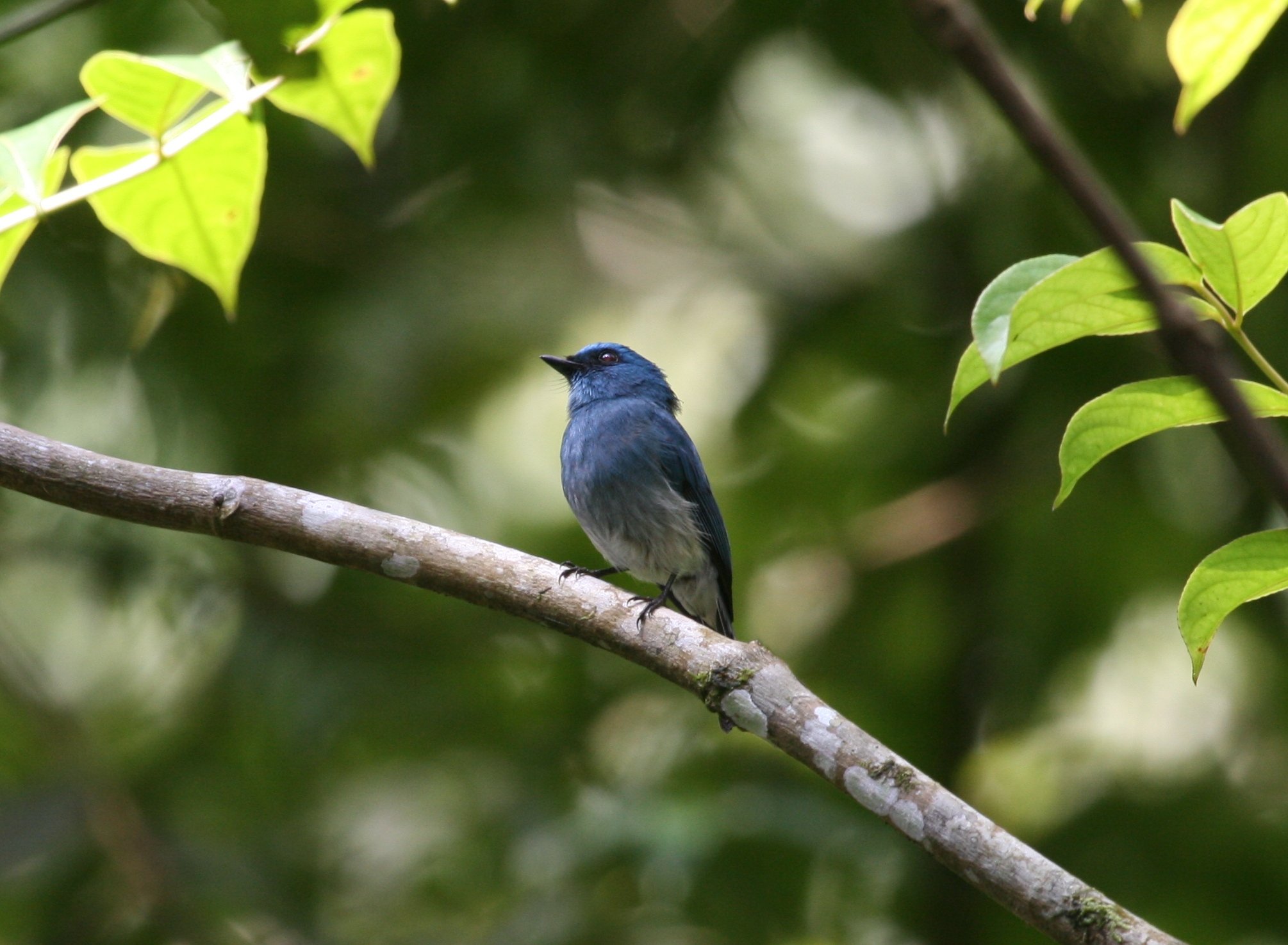
Gunung Gede Pangrango National Park, which comprises the twin volcanoes Gede and Pangrango (with gunung meaning “mountain”), surely must rate as one of the birding highlights of Southeast Asia, and is arguably the most important and well-known birding site on the island of Java. Once you manage to spell it correctly – which may take some time if my own Google experiences are any indication – you will find plenty of information online about the birds and the birding within this amazing park. I was very fortunate to visit the park twice, once in April 2012 and just recently in November 2013, and can fully confirm that the birding is epic. It is so epic indeed, and the park is so frequently visited by birders, that there is certainly no need for any more birding tips and information about it. The birding procedure is so much standardized that I used a report from 1996, which I found very helpful and which can be found here. This is what most trip reports will tell you:
- Choose Cibodas as a starting point and stay at Freddy’s homestead
- Allow for at least three days if you can
- Don’t forget to bird in Cibodas Botanical Garden
- Within the national park at Cibodas, there is only one path that leads up to the summit. There and back again. The main birding sections along this trail are (from low to high elevation) the entrance area, the surroundings of Blue Lake, the Clearing, the Waterfall, Air Panas, and then the rest of the volcano all the way to the summit.
- The most important sections for birders are between the entrance and Blue Lake, with a few specials at the Clearing and the Waterfall, and the path from the waterfall to Air Panas. Going further up is not only very exhausting (this is a volcano, remember?) but will also not add much diversity – only some specialities.
Why am I writing a post about birding Gunung Gede Pangrango when all’s been said and done already?
Well, you see .. the park lies only two hours south of Jakarta, a metropolitan area of more than 30 million people. Yes, around the same number of people live within two hours of the national park as in all of Canada. This makes Gunung Gede a very popular weekend destination, and you have no idea how much the term “very” needs to be emphasized here. On a weekend, the park is just packed with people. Most trip reports therefore simply stress that birders should avoid the weekends. Which is fine when you are on a holiday trip where you can play around with your itinerary. If however you are on a business trip to Jakarta and expected to work during the week, you have but little choice to bird the park on the weekend. This brings its very own challenges and strategies about which little has been written.
Until now.
In this first part, I’ll focus on the general aspects and logistics, while the second part in January will be on how to best negotiate the weekend birding.
This is the summit of Pangrango, seen from the clearing before the waterfall. Yep, it’s a long way to the top if you wanna rock’n’roll, but it’s a good thing the lower slopes rock equally hard.
First things first: the success rate. If the results of my two trips are closer to the rule than the exception, the birding is equally excellent on a weekend. I sincerely cannot complain. Indeed, during my short time spent at the park, I have encountered all there is to get below Air Panas, with the exception of maybe two to three species (the laughingthrush and the hanging-parrot and maybe something else I have forgotten). I can therefore assure you that birding the park on a weekend is absolutely worth it. No need to despair if a weekend visit is all you can organize.
Little Pied Flycatchers are amongst the most aptly-named bird species: they are little, they are pied, and they catch flies. Also, they are pretty, common, allow close approaches, and sing nicely. There is nothing not to like about them.
Having said that, it is very important that you are prepared psychologically for the masses. Two kinds of visitor groups frequent the park: those who seek the summit and the summit only, and those who aim for a casual walk to the waterfall. This means that the trails will be very crowded long before sunrise by those who are headed for the summit. In November, there was a constant stream of people hiking up even before 5 a.m., and wanting to walk down the path was very difficult: I had to wait for a gap in the line of people to get past narrow parts of the path, and those gaps were few and far between. It is easier to negotiate a shopping mall the day before Christmas than to walk against the stream of people at Gunung Gede on a weekend. However, those early morning groups are mostly swift and silent, wanting to spare their breath and strength for the slopes ahead of them. Later during the morning the casual groups arrive, those who only walk to the waterfall. These groups will be much more noisy, often listening to their radios, singing and shouting to each other.
At first I was really irritated by the crowds, by their noise and to some extend their littering. However, the following mental strategies helped greatly in learning to enjoy the nature experience nonetheless:
1. Even if you think the people are ruining your birding day, they are not. You will get your birds and the day will be grand.
2. These ordinary people – not the few foreign birders – are the only reason you can bird Gunung Gede without the constant sound of chainsaws in your ear, or frequent encounters with bird catchers carrying your target species out of the park in cages. Be grateful for the masses, you owe them this park.
50 metres of trail without a group of people is a quiet time along the main trail on a weekend. Appreciate it if you can – and be prepared that you may not even be this lucky…
There is something else I need to mention about the effect of the park’s popularity, and this is extremely important: if you bird Gunung Gede on a weekend, do not plan to leave the park and return to Jakarta on Sunday. The roads will be so blocked that the road trip of two hours will take you up to 14 hours – no kidding. If your plane leaves Jakarta sometime Sunday evening, you MUST leave the park either on Saturday or on Sunday before 6:30 in the morning. Otherwise, you won’t make it to the airport on time!
I don’t have a picture of an Indonesian traffic jam, and reckon you prefer this Javan Grey-throated White-eye over a bunch of cars anyway.
Some more details about a birding day’s logistics: The park is closed from 01 January to 31 March and in August. At Cibodas, the park’s gate is open 24 hours a day, and you may enter or leave anytime you want. If you are planning to not go further up than the waterfall, you may purchase your permit at the national park’s gate, at the cost of roughly 3 US$. If however you are planning to go further up, e.g. bird along the important stretch from the waterfall to Air Panas you need to get your permit at the park’s main office which doesn’t open until 07:30 a.m., making an early morning’s start all but impossible. Now, if all you want is spend some time between the waterfall and Air Panas, no one will – probably – object if you do so without the propper permit. I’ve never managed to visit the park office due to time constrains, always went to Air Panas and never encountered any difficulties. This site provides all the official details.
This female Trilling Shrike-babbler, a recent split from the now obsolete Chestnut-fronted SB, plainly shows that the genus’ affinities to the vireos are hard to deny.
Now that I’ve talked about the formal preparations, let’s get to the birding. Okay, I have no means to compare as I’ve exclusively birded the park on weekends, but apparently, allegedly, the only down-side of the weekends to the quieter days is that the more secretive birds, particularly the ground-dwellers, will not accidentally hop around on, or cross the paths. They’ll be a few metres next to the trails in dense vegetation. Do not expect visual encounters with species like the two wren-babblers, the two shortwings or the endemic Chestnut-bellied Partridge. You will however (nearly) certainly hear them, which brings me to the point of this paragraph: bird sounds. Getting prepared for the songs and calls of Gunung Gede’s birds is vital. Not only will you at least hear the ground-dwellers, you will also know when to stop and search the canopies for gems such as the Javan Cochoa, and possibly even more important: you’ll know when not to stop. Getting prepared is not so tough though as xeno-canto has all the sounds (many even recorded within the park) and you can narrow down the species list to around 30 to 40 species.
The Mountain Tailorbird was a species I completely overlooked during my first stay in April 2012. I did not only not know its song, I did not know it existed in the first place. Reading other birder’s travel reports afterwards was quite a shock, and in November 2013 I came back with a vengeance and the knowledge of its calls, leading to multiple encounters.
End of part 1.

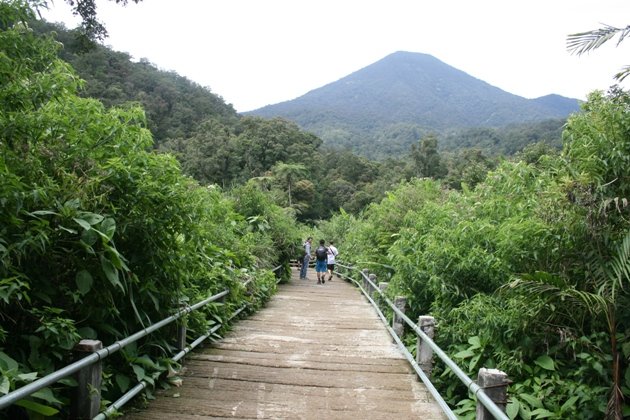
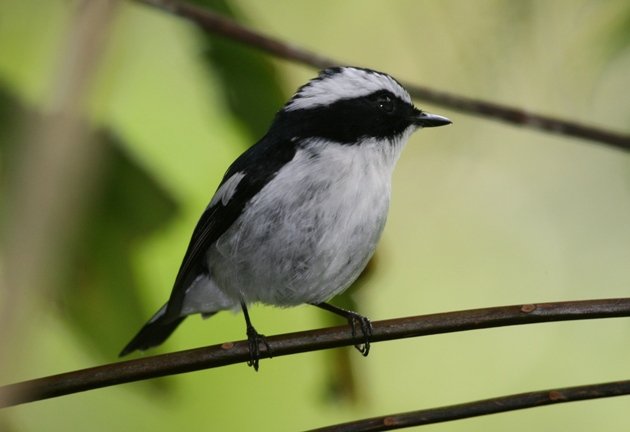
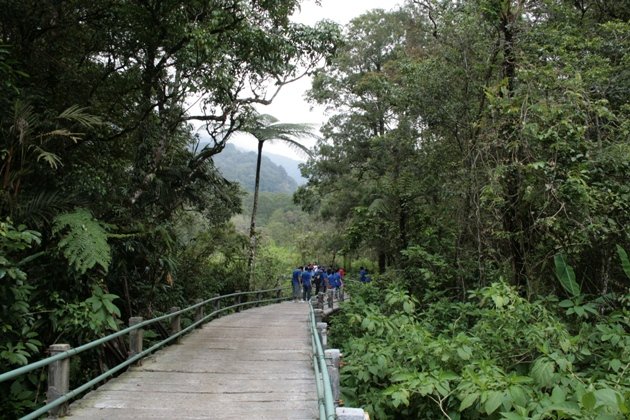
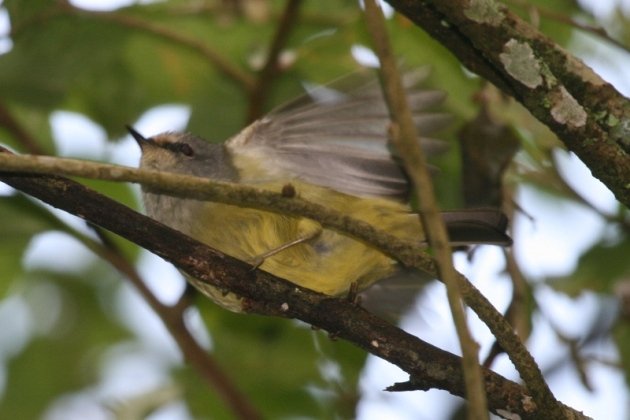

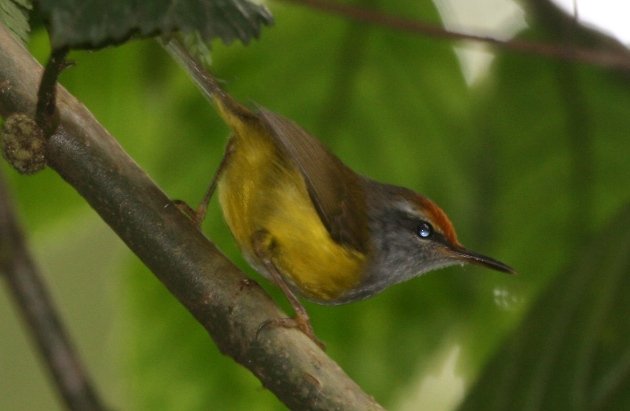










Leave a Comment